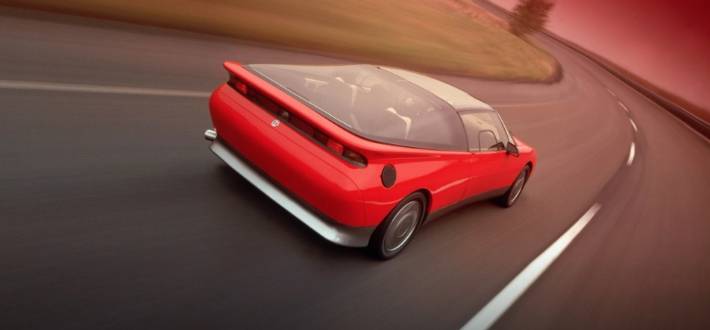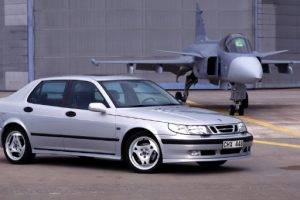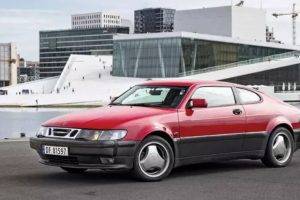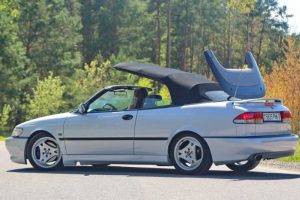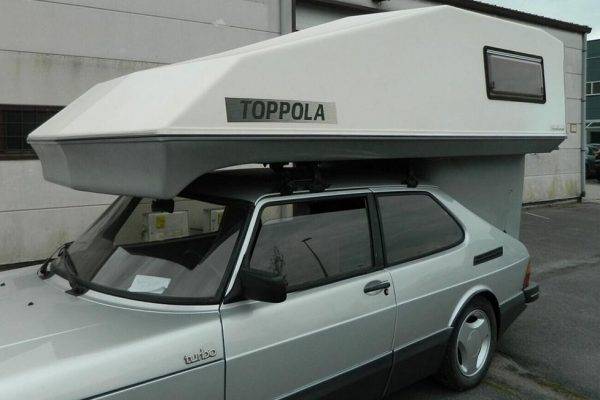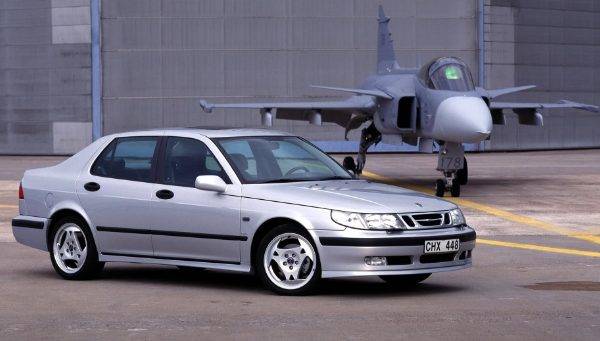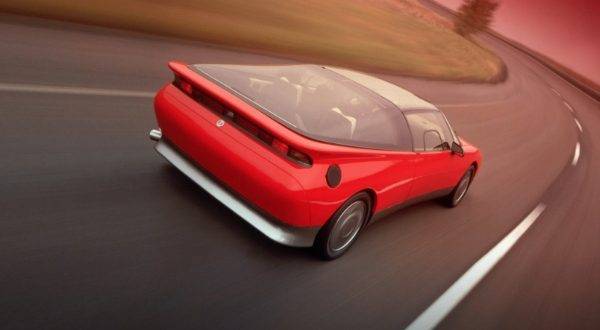In the history of the Saab brand, there were not very many concepts. As, in general, and serial models. But in the 1980s, a very fast two-door could appear in the line of the Swedish company, capable of stepping on the heels of sports cars of famous brands like Ferrari and Porsche! Today in the column “Old but not useless” – the prototype of the Saab 900 Turbo EV‑1.
1. He was a complete car
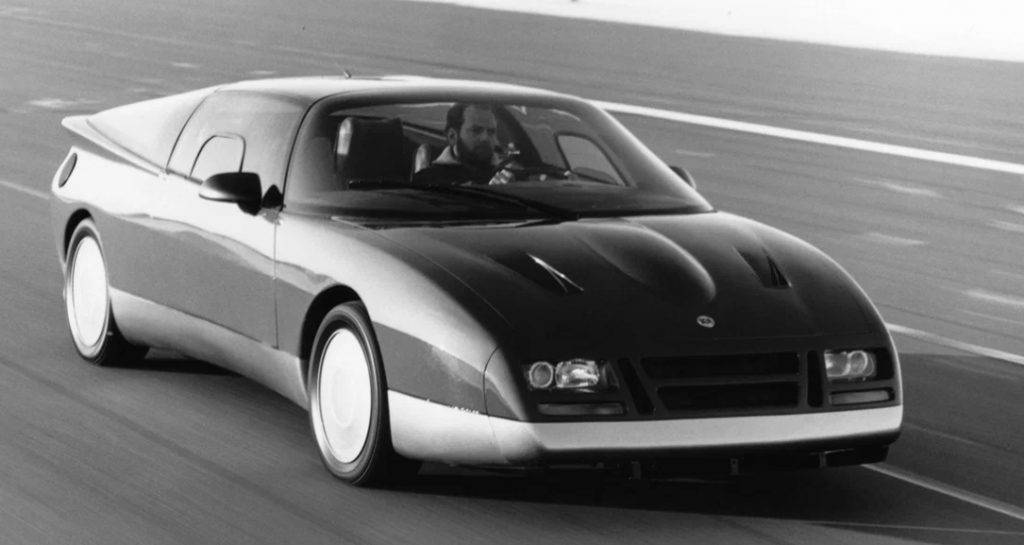
Although very futuristic for its time (premiered in 1985), the EV-1 was not just a show car, as is often the case with concepts, it was a fully functional running prototype built on the basis of the serial Saab 900 Turbo. The Swedes built a single copy, but even he passed a series of road tests.
And no, the letters EV in its name do not hint at the electric stuffing – they stand for experimental vehicle.
2. He appeared in the second part of “Back to the Future”

The EV-1 was unlike any Saab that had been produced before, although the brand’s traditional aviation motifs were especially pronounced this time.
The unusual appearance of the concept provided him with an episodic role in the famous Back to the Future trilogy. The experimental Saab appeared in the second film – of course, in a scene from the “future”. More precisely, from October 21, 2015.
3. It was half glass
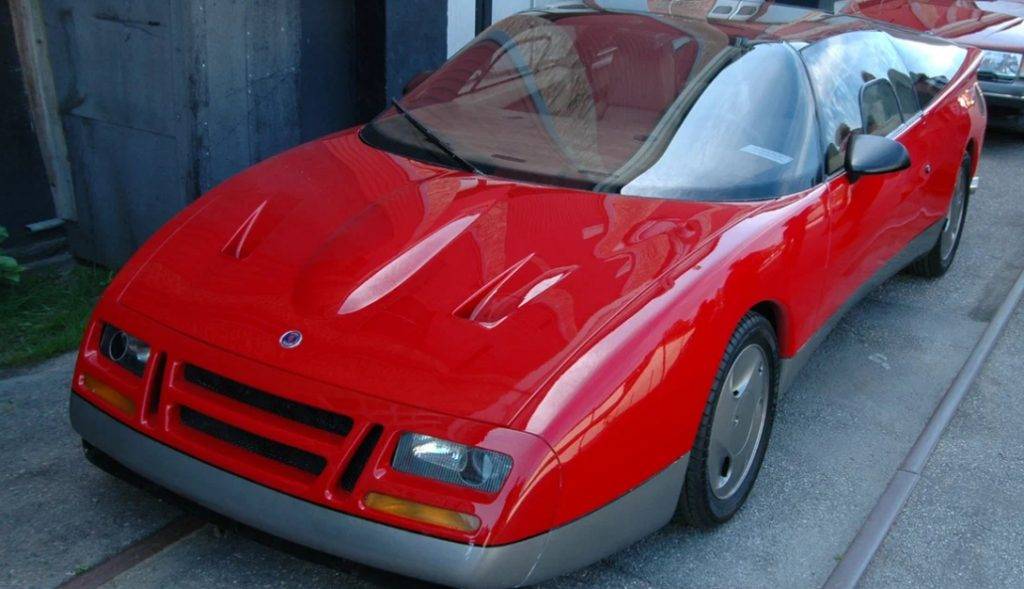
The entire upper body of the EV-1 was made of lightly tinted glass, purely for the sake of design. And it worked! A uniform “cap” resembling a lantern (this is the name of the cover of the pilot’s cockpit of an aircraft) coolly emphasized aviation motifs in the appearance of the concept.
But because of such a roof, the side windows did not open on the EV-1 – small windows with clearly visible frames had to be cut into them. Another problem associated with the rapid heating of the cabin under the sun, the Swedes tried to solve more elegantly – 66 photocells were installed on the roof of the prototype. This solar battery generated energy for constant ventilation of the cabin.
4. He was very fast

The basis for the EV-1 was the iconic Saab 900 Turbo. From the production model, engineers borrowed not only the chassis, but also a four-cylinder 16-valve turbo engine with a volume of two liters. However, it was finalized – a new turbine, reinforced connecting rods, etc., and became much more powerful. If a production car had a return of up to 175 hp, then the concept already had 285!
And this was enough for the front-wheel drive EV-1 to almost equal the speed and dynamics of … Ferrari Testarossa, introduced a year before the debut of the unusual Saab. From zero to 100 km/h, it accelerated in 5.9 seconds (0.1 seconds slower than the Italian sports car), and its top speed reached 270 km/h (20 km/h less than than Ferrari).
Of course, the aerodynamic and lightweight body largely contributed to this: Saab achieved a very low drag coefficient for those times – 0.32, and also kept the car’s weight at 1150 kilograms.
5. He was safe. And practical
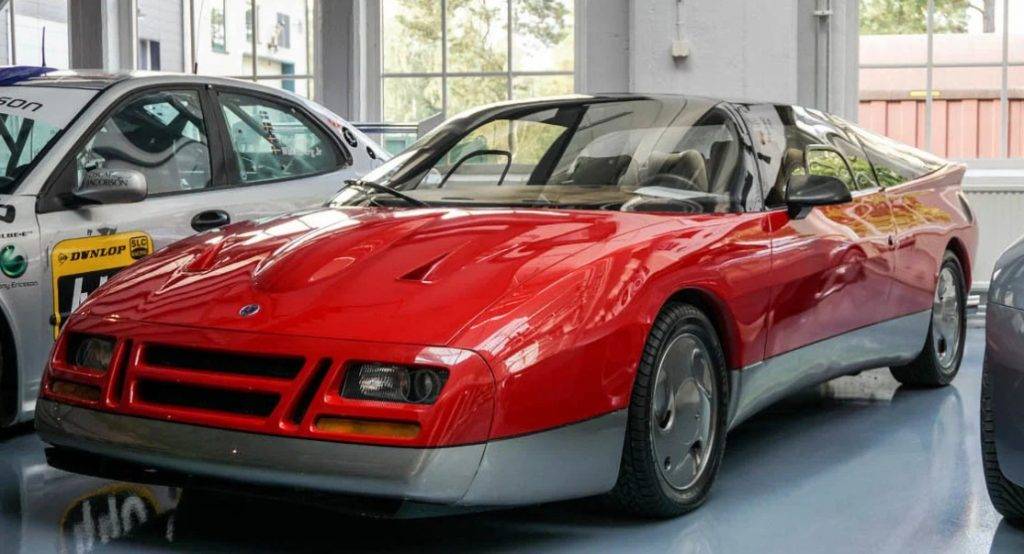
The low weight of the concept was due, among other things, to the use of composite materials in the body structure. The base was made of steel, but some of the elements were made of aramid fiber. Due to this, by the way, two-door bumpers could recover their shape after mild blows. For safety reasons, the doors were reinforced with carbon fiber, and the body itself was designed taking into account deformation zones.
Despite the two-door body (the glass “cap” over the rear part also opened, providing access to the cargo compartment), there were four seats in the concept cabin. The chairs were borrowed from the Chevrolet Corvette C4 – with leather trim, heating and electrical adjustments.
Interestingly, the driver could enjoy excellent visibility – thanks to the area of the windshield and the A-pillars shifted inside the cabin. In addition, the EV-1 received a windshield heated using the finest tungsten filaments, which was a very advanced solution in those years.
6. It (wasn’t) meant to be serial
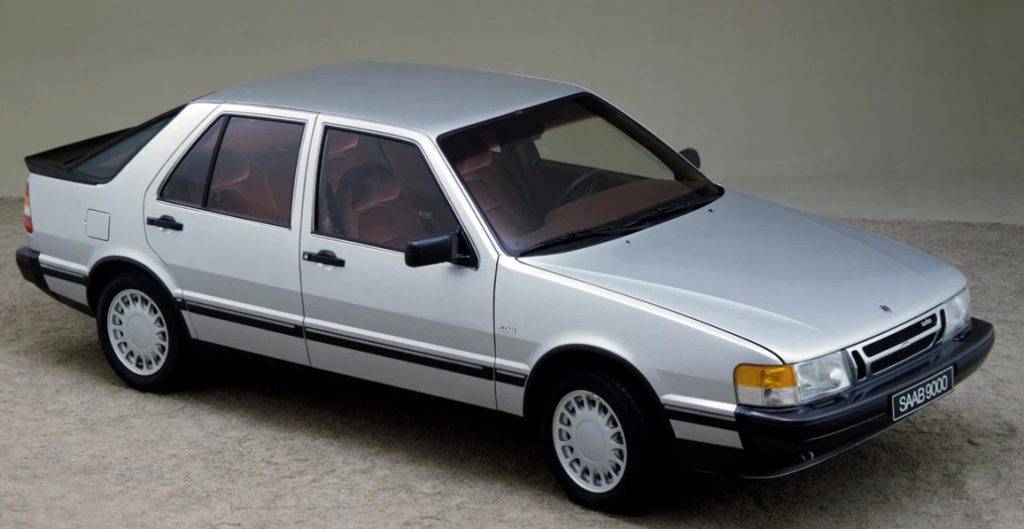
There is no reliable information about whether the EV-1 was conceived solely as an experimental vehicle or whether the Swedes planned to release a production version. However, one of the key Saab employees Bjorn Envall worked on it, who was responsible for the design of the models 98, 99 and 900, and also oversaw the creation of the 9000 model.
Maybe the unusual prototype was only a demonstration of the possibilities, but it is possible that in reality it was not developed due to the not very good financial situation of Saab in the second half of the 1980s. Just around the corner was a deal with General Motors, which, as is commonly believed, was the beginning of the end for the Swedish brand.

